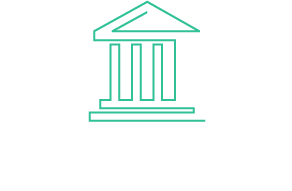Recent Blog Posts
Do I Need Expert Testimony for a Malpractice Case in Maryland?
 If you suffered an injury caused by a medical professional in Maryland, you may have the option to recover financial compensation for the losses you incurred. However, as the person filing the claim or lawsuit, you are responsible for proving fault and a direct connection to your losses. One of the most important elements in a medical malpractice lawsuit is expert testimony. Maryland law makes it a requirement if you want to sue, and an experienced Hagerstown, MD medical malpractice attorney can guide you through the process.
If you suffered an injury caused by a medical professional in Maryland, you may have the option to recover financial compensation for the losses you incurred. However, as the person filing the claim or lawsuit, you are responsible for proving fault and a direct connection to your losses. One of the most important elements in a medical malpractice lawsuit is expert testimony. Maryland law makes it a requirement if you want to sue, and an experienced Hagerstown, MD medical malpractice attorney can guide you through the process.
What Is an Expert Witness in a Maryland Malpractice Case?
An expert witness in a medical malpractice case is typically a licensed healthcare provider who has specialized knowledge relevant to the issues in your claim. Their role is to explain how the standard of care applies to your case and whether the provider in question failed to meet that standard. Maryland courts rely on experts to help jurors and judges understand complex medical facts that are beyond the knowledge of the average person.
How Do I Prove Nursing Home Neglect Caused a Bedsore?
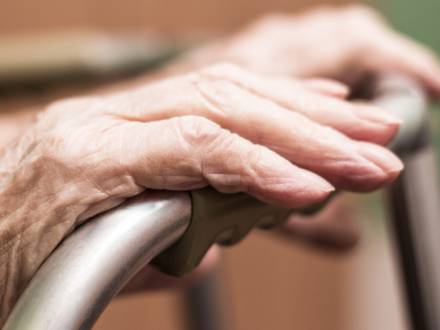 To prove that bedsores, also known as pressure ulcers, were caused by nursing home neglect, you must show that the facility failed to provide the care necessary to prevent the injury. Many factors can complicate these cases, and finding sufficient evidence to support your claim may be challenging without assistance from an experienced Hagerstown, MD nursing home bedsore injury lawyer. With a knowledgeable legal representative to help you gather documentation, you may be able to hold the facility accountable for neglect.
To prove that bedsores, also known as pressure ulcers, were caused by nursing home neglect, you must show that the facility failed to provide the care necessary to prevent the injury. Many factors can complicate these cases, and finding sufficient evidence to support your claim may be challenging without assistance from an experienced Hagerstown, MD nursing home bedsore injury lawyer. With a knowledgeable legal representative to help you gather documentation, you may be able to hold the facility accountable for neglect.
What Signs Indicate That a Bedsore Was Caused by Neglect?
Even with proper care, various medical and physical conditions increase the risk of pressure ulcers. For example, patients with diabetes, vascular disease, and autoimmune disorders have an increased risk of bedsores because of impaired blood flow. However, some red flags that may indicate that neglect could have contributed to bedsores in a nursing home include:
Distracted Driving and Car Accidents in Maryland
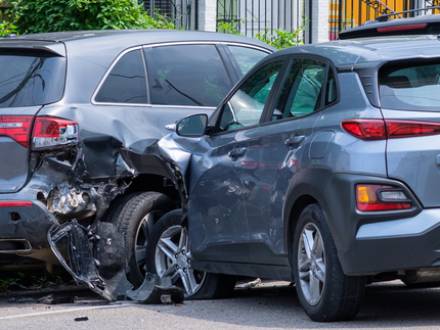 Distracted driving is among the most common causes of car accidents in Maryland. At no point should someone intentionally take their attention away from the road. However, it happens, and people suffer because of it. In Maryland, you have the right to hold the at-fault driver in your case financially accountable for their actions, but you also have the responsibility of proving that they were negligent. Learn more about the laws regarding distracted driving and talk to a Hagerstown car accident attorney about building your claim.
Distracted driving is among the most common causes of car accidents in Maryland. At no point should someone intentionally take their attention away from the road. However, it happens, and people suffer because of it. In Maryland, you have the right to hold the at-fault driver in your case financially accountable for their actions, but you also have the responsibility of proving that they were negligent. Learn more about the laws regarding distracted driving and talk to a Hagerstown car accident attorney about building your claim.
What Is Distracted Driving in Maryland?
Distracted driving refers to any activity that takes a driver’s attention away from the road. The most common example is texting and driving, but it also includes talking on a cell phone, eating, adjusting the radio, operating a GPS, reaching for something in the vehicle, and more. Traffic studies show that teenagers are the demographic most likely to be involved in a crash caused by distracted driving.
Do You Need an Expert Witness in a Maryland Truck Accident Case?
 Expert witnesses in Maryland truck accident cases can play a vital role in proving liability and ensuring you receive the maximum available compensation for the damages you suffered because of someone else’s negligence. Truck accidents can result in severe losses, including substantial and ongoing medical expenses, lost income, extensive property damage, and debilitating pain and suffering. If you have questions about your ability to recover your losses and how expert witnesses may benefit your claim, an experienced Hagerstown, MD truck accident attorney can help.
Expert witnesses in Maryland truck accident cases can play a vital role in proving liability and ensuring you receive the maximum available compensation for the damages you suffered because of someone else’s negligence. Truck accidents can result in severe losses, including substantial and ongoing medical expenses, lost income, extensive property damage, and debilitating pain and suffering. If you have questions about your ability to recover your losses and how expert witnesses may benefit your claim, an experienced Hagerstown, MD truck accident attorney can help.
What Types of Expert Witnesses Are Used in Truck Accident Cases?
Compared to standard car accident claims, truck accident cases have more regulations and rules that govern the legal process, including those that dictate liability. To assist in navigating these complexities, your attorney may seek the services of expert witnesses like the following:
The Role of Police Reports in Maryland Car Accident Claims
 In Maryland, car accident victims can file a claim for compensation against the negligent party in their case. However, the process requires that you, as the victim, prove fault and provide evidence of the resulting damages that you suffered. Police reports can play a vital role in supporting your claim and helping you get the compensation you deserve, and an experienced Hagerstown, MD car accident attorney can help to ensure your demands accurately reflect your losses.
In Maryland, car accident victims can file a claim for compensation against the negligent party in their case. However, the process requires that you, as the victim, prove fault and provide evidence of the resulting damages that you suffered. Police reports can play a vital role in supporting your claim and helping you get the compensation you deserve, and an experienced Hagerstown, MD car accident attorney can help to ensure your demands accurately reflect your losses.
Do You Have To Call the Police After a Car Accident in Maryland?
According to Maryland law, you must contact the police after a car accident if any of the following occurred:
Legal Options for a Medical Malpractice Birth Injury in Maryland
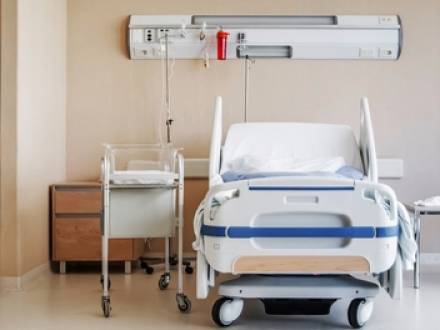 In Maryland, victims of avoidable birth injuries, including injuries to the mother and injuries to the baby, can hold the negligent healthcare provider financially accountable by filing a medical malpractice claim. The burden of proof can be challenging in these cases, but a Maryland medical malpractice attorney will offer invaluable legal advice as you navigate the process and ensure you claim every recoverable damage. Consider your legal rights in these cases and how an attorney can help.
In Maryland, victims of avoidable birth injuries, including injuries to the mother and injuries to the baby, can hold the negligent healthcare provider financially accountable by filing a medical malpractice claim. The burden of proof can be challenging in these cases, but a Maryland medical malpractice attorney will offer invaluable legal advice as you navigate the process and ensure you claim every recoverable damage. Consider your legal rights in these cases and how an attorney can help.
What Are Your Legal Rights After a Birth Injury in Maryland?
Medical malpractice law governs birth injury cases. These laws recognize that healthcare professionals should be held accountable when they do not uphold the standard of care required of them. As the victim, you have several legal rights under personal injury law:
Can You Get Punitive Damages After a Bad Accident in Maryland?
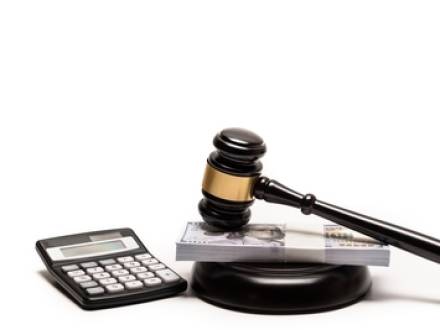 When you have been seriously injured in a car accident or other event, your first concern is usually getting medical help and figuring out how to pay for it. You may already know that you can seek compensation for things like medical bills, lost wages, and pain and suffering. But in some cases, Maryland law also allows victims to pursue something called punitive damages. This term describes a special type of compensation meant to punish bad behavior above and beyond the cost of the injuries the behavior caused.
When you have been seriously injured in a car accident or other event, your first concern is usually getting medical help and figuring out how to pay for it. You may already know that you can seek compensation for things like medical bills, lost wages, and pain and suffering. But in some cases, Maryland law also allows victims to pursue something called punitive damages. This term describes a special type of compensation meant to punish bad behavior above and beyond the cost of the injuries the behavior caused.
These damages are not awarded in every case, and they are harder to get than standard compensation. However, when the person who caused your injury acted with extreme recklessness or intentional harm, punitive damages can help hold them accountable and send a message that such conduct will not be tolerated. To find out whether punitive damages may be an option in your case, contact our Maryland personal injury attorney today.
Head-On Collisions and Wrongful Death Lawsuits
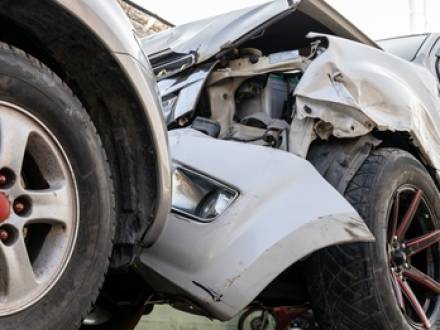 Head-on collisions are among the most dangerous and deadly types of car accidents. Even at moderate speeds, these crashes can cause catastrophic injuries and fatalities. In Maryland, families who lose a loved one in a head-on collision may be entitled to pursue a wrongful death lawsuit. This legal action can provide financial relief and accountability for those left behind.
Head-on collisions are among the most dangerous and deadly types of car accidents. Even at moderate speeds, these crashes can cause catastrophic injuries and fatalities. In Maryland, families who lose a loved one in a head-on collision may be entitled to pursue a wrongful death lawsuit. This legal action can provide financial relief and accountability for those left behind.
Our Hagerstown, MD personal injury attorney has over 12 years of experience representing families in serious personal injury and wrongful death cases. We answer calls 24/7, offer free consultations, and work on a contingency fee basis — so you do not pay unless we recover compensation for you.
Head-On Collisions Cause Significant Share of Fatal Car Accidents
A head-on collision occurs when two vehicles crash front-first into each other, often at combined speeds that amplify the force of impact. These accidents typically happen when a driver crosses the center line, drives the wrong way on a one-way road, or veers into oncoming traffic during a failed passing attempt. Driver fatigue, distraction, intoxication, and poor weather are all common contributing factors.
Can You Sue a Group Home for Neglect or Abuse?
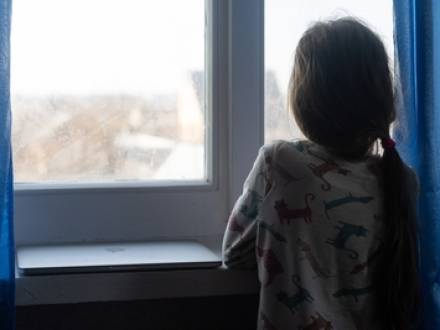 When you entrust the care of a developmentally disabled adult to a group home, you expect safety, dignity, and compassion. Unfortunately, not all facilities live up to that responsibility. Abuse and neglect in group homes can leave residents physically harmed, emotionally traumatized, or worse — and it often goes unnoticed until serious damage has been done.
When you entrust the care of a developmentally disabled adult to a group home, you expect safety, dignity, and compassion. Unfortunately, not all facilities live up to that responsibility. Abuse and neglect in group homes can leave residents physically harmed, emotionally traumatized, or worse — and it often goes unnoticed until serious damage has been done.
If you suspect that a loved one has been harmed in a Maryland group home, you may be wondering: Can I sue the group home for what happened? In many cases, the answer is yes. Our Maryland personal injury attorney will work with you to determine your options and next steps.
What Counts as Abuse or Neglect in a Group Home?
Maryland group home caregivers are required to abide by the law, which has strict definitions as to what the responsibilities of a care provider are. Even if a caregiver never strictly abuses a resident, neglecting these responsibilities can lead to a seriously diminished quality of life for the resident.
4 Reasons You Need an Attorney After a Maryland Truck Crash
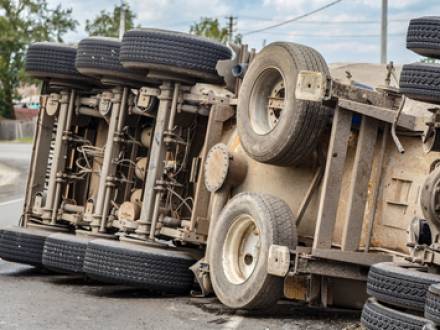 Any motor vehicle accident can be severe, but truck crashes are frequently devastating and life-changing. You should strongly consider retaining a Maryland truck accident attorney if you or a loved one was injured because of a trucker’s negligence. Our tractor-trailer accident lawyers at Serafini Law will aggressively defend your rights and demand maximum compensation for your injuries.
Any motor vehicle accident can be severe, but truck crashes are frequently devastating and life-changing. You should strongly consider retaining a Maryland truck accident attorney if you or a loved one was injured because of a trucker’s negligence. Our tractor-trailer accident lawyers at Serafini Law will aggressively defend your rights and demand maximum compensation for your injuries.
Truck Regulations Are Complicated
Truck accidents involve myriad state and federal regulations. For example, the Federal Motor Carrier Safety Administration (FMCSA) enforces rules that regulate truck driver hours, maintenance schedules, cargo limits, and driver hiring requirements. Any trucking regulation violation by the company or driver can significantly impact your case.
Truck accident attorneys are specialists in handling these complex laws. Their expertise allows them to navigate the intricate web of trucking regulations with ease. For instance, your attorney may determine that the trucker was fatigued and exceeded the FMCSA’s hours-of-service rules, leading to the accident.


